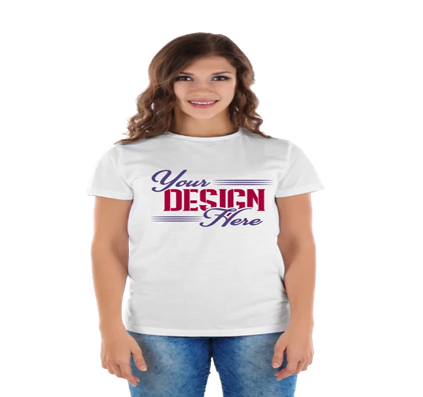What is DTF Printing, and What is Sublimation Printing?
-
November 19, 2024
-
77
Printing technology has experienced noteworthy evolution, fetching new strategies that cater to myriad requirements and applications. Among these, custom printing has attained massive popularity thanks to its versatility and innovative possibilities. Two leading practices in the industry are Direct-to-Film (DTF) printing and sublimation printing, both of which are employed to produce rich, high-quality designs. Comprehending the differences between these two procedures can assist you in choosing the suitable technique for personalised apparel and other creative endeavours.
DTF Printing & Sublimation Printing
Understanding DTF Printing
DTF printing, or Direct-to-Film printing, is a cutting-edge printing approach where ink is instantly involved in a remarkable film. This film is then heat-pressed onto the apparel, letting the design bind seamlessly with the fabric. DTF printing is adaptable and can be utilised with a medley of premium-quality attire such as cotton, polyester, and mixtures. The adaptability of DTF makes it ideal for personalised apparel, as it produces sharp details and rich colours on multiple fabric types without compromising on quality.
The Process Behind DTF Printing
A dedicated printer and transfer film are the first steps in direct thermal printing (DTF). Preferably, the design is printed onto the film employing an assortment of coloured and white ink. Once printed, a layer of tacky powder is spread to the back of the film. The film is then heated to trigger the bond, after which the design is pushed onto the cloth with a heat press. This approach guarantees durability and elasticity, making the design long-lasting, even after considerable washes. DTF printing is preferred for its capability to produce high-quality clothing with elaborate designs without restrictions on colour or fabric kind.
Benefits of DTF Printing
DTF printing proposes considerable advantages that make it a preferred alternative for custom printing. Its compatibility with a broad scope of textiles, from natural fibres like cotton to synthetic materials like polyester, is among its main benefits. The shades are rich and adhere well, resulting in premium-quality attire that can resist the test of time. Additionally, DTF printing allows for highly detailed designs, making it perfect for customised logos, fine text, and multicoloured patterns. The flexibility and durability of DTF prints make them ideal for personalised apparel that stands out.
Introduction to Sublimation Printing
Another well-liked procedure for making high-quality apparel with dazzling, intricate graphics is sublimation printing. Sublimation printing differs from DTF in that it bypasses the liquid stage altogether, transforming the ink into a gas that bonds directly with polyester materials. The method’s smooth and vibrant effects make it ideal for making long-lasting full-colour graphics on white or light-coloured materials. Items such as mugs, household textiles, and sportswear are common candidates for sublimation printing.
The Sublimation Printing Process
The sublimation approach involves employing special sublimation inks and transfer paper. The design is foremost printed onto the transfer paper and then positioned on the apparel. A heat press is employed to involve high temperatures, turning the ink into a gas that permeates the textile. As the fabric cools, the gas solidifies, forming a resonant, enduring design. For bespoke printing on polyester clothing, this method is perfect since the ink bonds immediately with the fibres to provide a finish that is faultless to the touch and impermeable to fading or cracking.
Why Sublimation Printing Is Beneficial
Sublimation printing is renowned for its proficiency in producing highly intricate and colourful creations. Since the ink becomes part of the fabric, sublimation prints do not peel, crack, or fade over time. This makes sublimation ideal for premium-quality garments that need to maintain their appearance after extended use. However, sublimation works best on polyester and light-coloured fabrics, making it less versatile compared to DTF. Nevertheless, for applications like sportswear and promotional items, sublimation offers a bright and permanent solution for personalised apparel.
Choosing Between DTF and Sublimation Printing
When preferring between DTF and sublimation printing, the judgement primarily counts on the sort of fabric and the expected output. DTF is appropriate for a broader spectrum of fabrics and can adapt to both light and dark shades. It is ideal for custom printing, where versatility is key. Sublimation, on the other hand, delivers remarkable outcomes on polyester garments, particularly those that are white or light-coloured. For designs that require durability and vibrant colours, sublimation is a solid choice. Each method has its strengths, and understanding these can help achieve the best results for personalised apparel.
Conclusion
DTF and sublimation printing are both fantastic approaches for developing resonant and long-lasting designs on apparel. Preferring the suitable method depends on your distinct requirements, such as fabric type and the level of attribute required. At Prints Wish, we specialise in custom printing on an expansive range of clothing styles, including T-shirts, hoodies, and more. Our commitment to quality promises that every article of personalised attire meets high benchmarks, resulting in superior-quality apparel that truly defines your vision.





